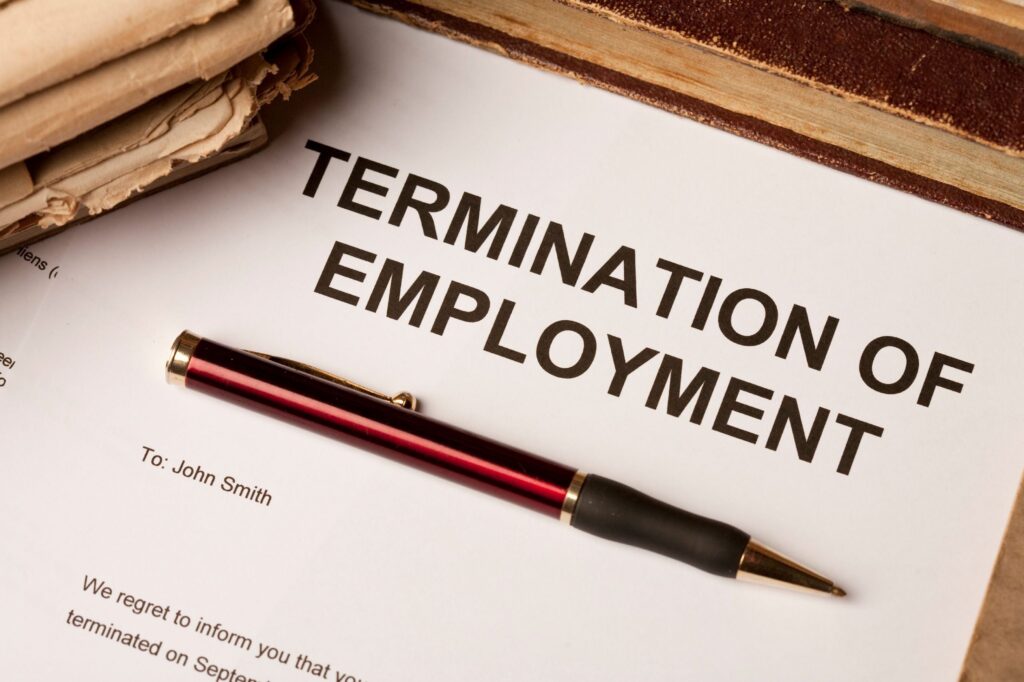Planning Annual Leave
Planning annual leave is essential in order for a company to operate efficiently. We have seen the massive impact the mismanagement of annual leave can have on a company, as proven by Ryanair’s “mess up of Pilots annual leave”. There are a number of different ways employers can ensure they don’t experience issues managing annual leave.
- Having a Policy in Place
Employers should have a clear annual leave policy in their employee handbook, outlining the following;
- The company’s annual leave year e.g. 1st January – 31st December
- The employees’ entitlement to annual leave, such as the statutory minimum 20 days or above.
- The process for requesting annual leave, including notice periods required for intention to take holidays.
- Restrictions on annual leave, such as busy periods when employees cannot take leave, how many employees can be on leave at the same time, etc.
- Shutdown periods where employees are required to take leave, such as Christmas.
- Planning Annual Leave
The Management team should be responsible for monitoring annual leave and ensuring employees are taking their leave. Every company should have a system in place for recording annual leave so that Management and staff can easily see what leave has been taken and what leave remains. This can be done on paper files, excel sheets or with software.
If employees are found not to be taking their leave, Section 20 of the Organisation of Working Time Act 1997, Times and Pay for Annual Leave, sets out an employer’s right to allocate employees annual leave. In instances where employees have built up annual leave and are not forthcoming in booking leave, Management can provide the employee with one months’ notice and allocate them leave. This will prevent an employee building up endless amounts of leave.
By continuously planning for annual leave, management are more likely to be prepared for busy periods and have adequate cover. Planning will remove the panic during busy periods where you might be down staff.
- Carry-over of Leave
Employers can restrict the amount of leave employees can carry over. If leave isn’t managed and taken during the leave year, it can result in many employees having substantial amounts of leave carried forward to the next leave year. Section 20, of The Organisation of Working Time Act 1997, sets out an employee’s right to carry leave over to the following leave year. Although this leave must be taken within the first 6 months of the following leave year, it can be difficult for a company to manage. Implementing clear instructions on the carry-over of leave, for example having a limit on the number of days allowed to be brought forward, can encourage employees to take their leave.
- Buy Out of Annual Leave
Employers that offer generous annual leave entitlements that are above the statutory minimum, can offer employees the benefit of buying them out of untaken leave. It’s important to note that employees, for health and safety reasons, are required to take at least the statutory minimum leave during the leave year i.e four working weeks for a full-time employee.
However, if an employer offers above the statutory minimum entitlement, they can look to offer the employee the benefit of payment in respect of untaken holidays. For example, if an employee’s entitlement is 25 days per annum and the employee has taken 20 days leave, the employer can look to pay the employee for the additional 5 days leave to avoid them being carried forward.
Ryanair are a prime example of why it’s important to plan ahead, if you want to avoid any disruption to normal running business, annual leave policies should be reviewed.
If you need any assistance with drafting an annual leave policy or advice on managing annual leave please contact the advice line on 01 886 0350








